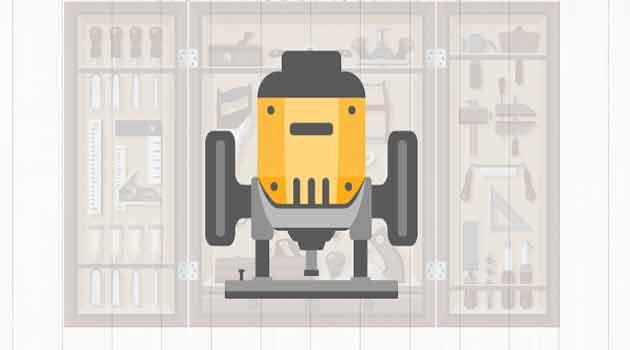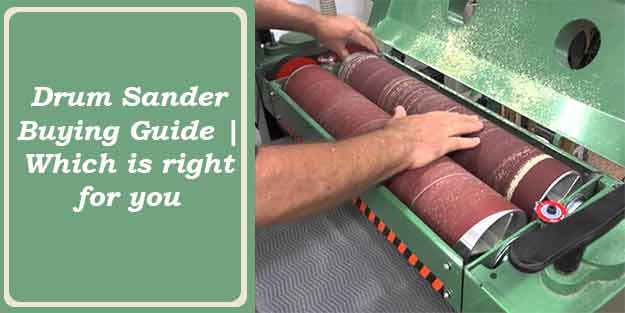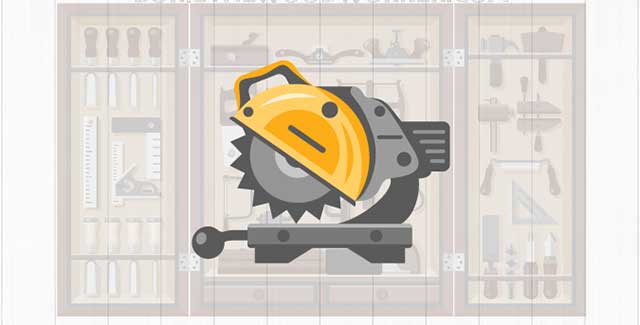All woodworking jobs can benefit from the touch of a wood router at some point. Most experienced craftsmen are well-aware of that but even those who have been in the world of woodworking for many years could perhaps benefit from a refresher course on good buying practices.
Why? Power tools are expensive, and there are lots of options out there to consider. What you are looking for is obvious: a router that makes sense for your budget and your needs as a woodworker. That’s where we come into play. Sit back, relax, and enjoy our guide designed to help you pick the very best router for your woodworking needs!
Table of Contents
Why You Need A Wood Router
The wood router is extremely versatile, relatively simple to use, and generally transportable. Whether you are crafting an elegant edge, cutting patterns, dadoes or rabbets the wood router should be your go-to tool.
Who is the router for?
Truly most people. If you value a tool that combines finesse with power (obviously, you do) then you are going to get a lot of use out of your wood router.
Who isn’t it for?
If you really aren’t passionate about your woodwork and aren’t sure that it is to be a life-long hobby, you might not get your money’s worth here, but otherwise, it is a tool that will frequently benefit your craft.
Types Of Wood Router
Since nothing is ever quite as simple as you would like it to be, there are multiple types of routers to consider. Diversity makes the shopping process a little bit more difficult but it also helps you to have your exact needs met, so without further ado, we will now take a closer look at the different types of routers you can expect to encounter.
Fixed Router
The specifications of the fixed router mandate that you set the depth of cut before addressing the work material. The tool will then operate at this setting until you change it again, which cannot be done as you work.
With handles placed low near the base of the tool, this model features a lower center of gravity. The function of this style of router is of course to maintain a steady depth of cut, which it manages quite well. Because of this, it is a style of router that is relatively easy to use, making it a great option for beginner woodworkers.
On the other hand, the user-friendly nature of this model is also its weakness. The range of function is fairly limited with the fixed router. If you need to plunge, for example, you will need to look elsewhere.
Plunge Base Router
The plunge base router gives you the opportunity to diversify your woodwork a little bit. While with the fixed router you can’t change your depth of cut settings as you work, with the plunge based router you can. The difference is night and day in terms of what it allows you to do. Let’s put it this way: you’re nearly getting the same stability options that you would from a fixed router, while still adding a capacity to do more detailed interior work.
The result is a tool that provides the best of both worlds. In that regard, it is for anyone that values the capacity for options. On the other hand, if you don’t have much of an attention for detail you might get yourself in trouble with the increased range of function that this model boasts.
It’s the great power accompanied with great responsibility predicament. That said if you feel up to the challenge, a plunge base router will give you a chance to diversify your woodwork.
Combination Router
The combination router is exactly what the name suggests. They feature interchangeable plunged and fixed bases which means that they can do exactly what the fixed base, or plunged base router can do, at the will of the woodworker.
I mentioned earlier that the plunge base router can accomplish most of what the fixed base router can, but if you want a little bit of extra precision that is guaranteed by the settings this is a good route to take.
Generally, combination routers are slightly more expensive than buying a single plunge or fixed base router, but they are also more affordable than buying both.
My personal opinion is that the combination router is worth the extra bump in price if you plan on using your tool extensively. While you may not need both functions immediately, it will be great to have if you end up needing them sometime down the road.
On the other hand, if you can definitively say that you won’t get your money’s worth you will probably be better off investing in a plunge or fixed base router.
Size of Wood Router
Routers also come in a wide variety of sizes, which have a significant impact on how you can use them. You don’t want to end up with a router that is sized ineffectively to your needs, do you? I would certainly think not. Let’s take a look at what’s out there.
Trim / Palm Router
The trim or palm router does as its name suggests it would. It is small enough to fit in the palm of your hand and is great for adding an elegant trim to the edges of a workpiece. If you are looking for a router that is capable of more than that, this probably isn’t the one for you.
Midsized
More size equates to more power (or at least usually it does). These models are somewhat more capable than the trim routers, but said function comes at a slight cost—especially in terms of mobility. While the trim router will fit very comfortably in the palm of your hand, a midsized router is going to require both of your hands to be properly operated.
The extra horsepower here gives you the opportunity to do more heavy duty milling that the palm router just isn’t capable of. If you are looking for a powerful tool that also still maintains a fair degree of portability this is a good buy for you.
Large Sized Wood Routers
The large sized wood router is going to be able to handle any routing job that you throw at it. Whether you are edging or router table mounting, this is a tool that you can use to get the job done to your satisfaction.
The large sized wood router is the most powerful type of model that we have examined, and of course that power does come at the price of some portability—though not to an extent that should hinder your ability to transport it.
It’s a great option for the woodworker with a little bit of experience but if you are still new to the craft you may not be able to handle the power featured on these types of units.
Conclusion
The router is an essential tool that features a lot of variables so buying the right one will definitely require an honest inventory of your needs. The process of buying the right wood router is a little bit involved, but once you do determine the one that is right for you, you will end up with a tool that truly changes the way that you do woodwork.




